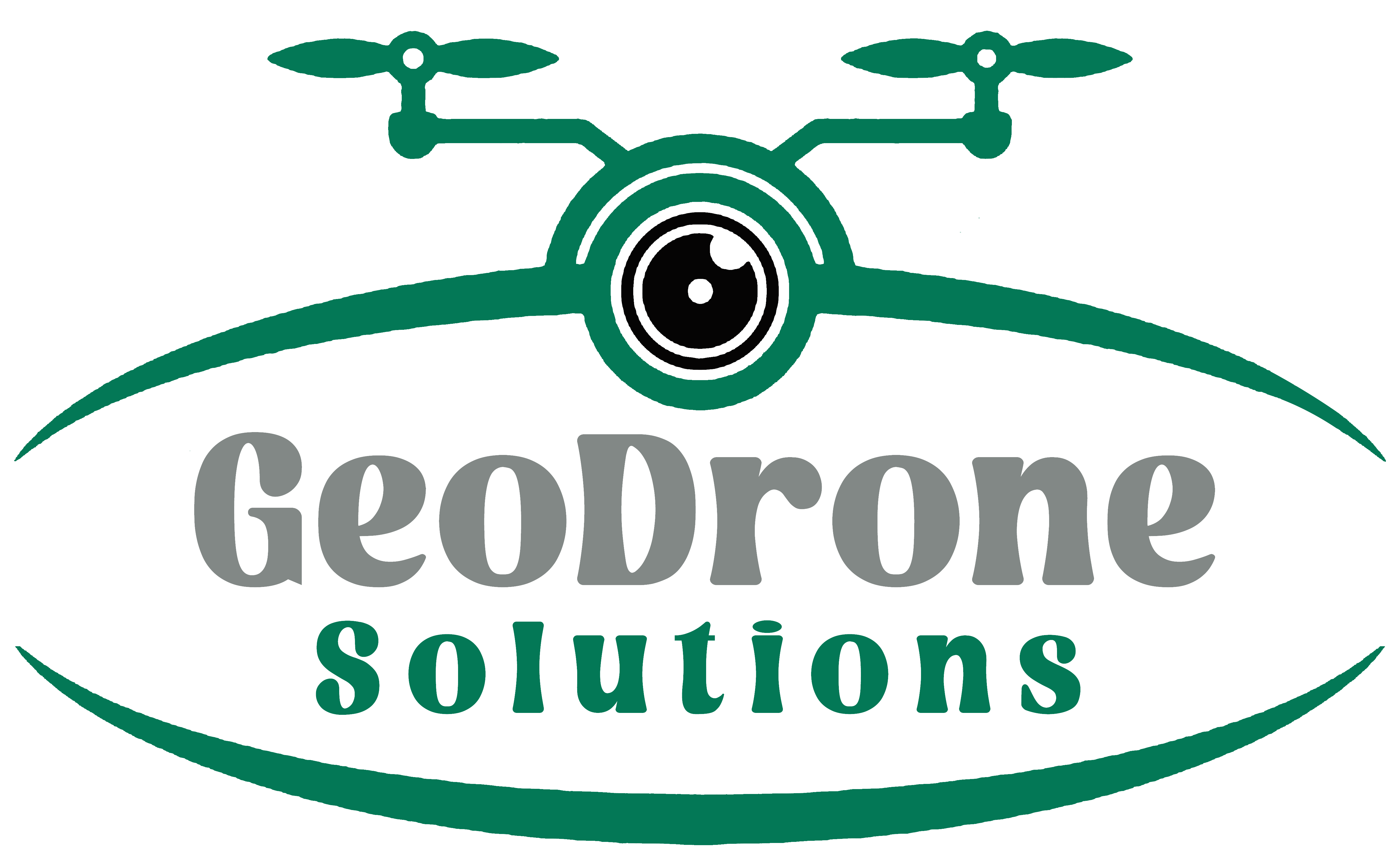BIM

“Precision Beyond Measure: Transforming Construction with BIM and LiDAR Excellence.”
Building Information Modeling (BIM) is a digital process that involves creating, managing, and sharing detailed 3D models of a building’s physical and functional characteristics throughout its lifecycle. BIM incorporates information about the structure’s geometry, spatial relationships, quantities, and other relevant data. It is a collaborative approach that involves multiple stakeholders, including architects, engineers, contractors, and facility managers.
BIM enables a comprehensive and integrated view of a building, providing insights from the design and construction phases to facility management and maintenance. It goes beyond traditional two-dimensional drawings by creating a rich digital representation that includes information about materials, systems, and components used in the construction.
Significance of BIM:
Collaboration: BIM promotes collaboration among different stakeholders in the construction process. It provides a shared platform for information exchange, reducing errors and improving communication.
Efficient Design and Construction: BIM allows for more accurate design and construction processes. It enables better visualization, clash detection, and optimization of construction sequences.
Cost Savings:
BIM can contribute to cost savings by minimizing errors, rework, and changes during construction. The ability to simulate and analyze aspects of the project helps in making informed decisions that contribute to cost-effective solutions.
Lifecycle Management:
BIM supports the entire lifecycle of a building, from initial design to construction, operation, maintenance, and eventual demolition. This comprehensive approach aids in optimizing the performance and efficiency of the structure over time.
Integration of Drone LiDAR with BIM:
The integration of Drone LiDAR (Light Detection and Ranging) with BIM enhances the capabilities of both technologies, providing a powerful solution for construction, surveying, and facility management. LiDAR-equipped drones capture highly accurate and detailed 3D point cloud data of the physical environment, including buildings and terrain. When combined with BIM, the benefits include:
High-precision Surveys:
Drone LiDAR can rapidly and accurately survey construction sites or existing structures, providing detailed point cloud data. This data can be integrated with BIM for accurate representation and analysis.
As-Built Documentation:
Drone LiDAR captures as-built conditions with high accuracy. This information can be compared with the BIM model, helping to ensure that the constructed building aligns with the design intent.
Clash Detection and Validation:
The point cloud data from Drone LiDAR can be used for clash detection, comparing the actual construction against the BIM model to identify discrepancies or deviations.
Progress Monitoring:
Drones with LiDAR can monitor construction progress by capturing detailed 3D snapshots of the site. This information can be compared with the BIM model to assess construction milestones and identify potential issues.
Facility Management:
The combination of BIM and Drone LiDAR supports facility managers in maintaining and managing buildings. Accurate as-built documentation aids in asset management, maintenance planning, and renovations.
In summary, the integration of Drone LiDAR with BIM enhances the accuracy and efficiency of construction and facility management processes. The combination of these technologies provides a comprehensive and data-rich solution for the entire lifecycle of a building, from design and construction to ongoing maintenance and renovations.
